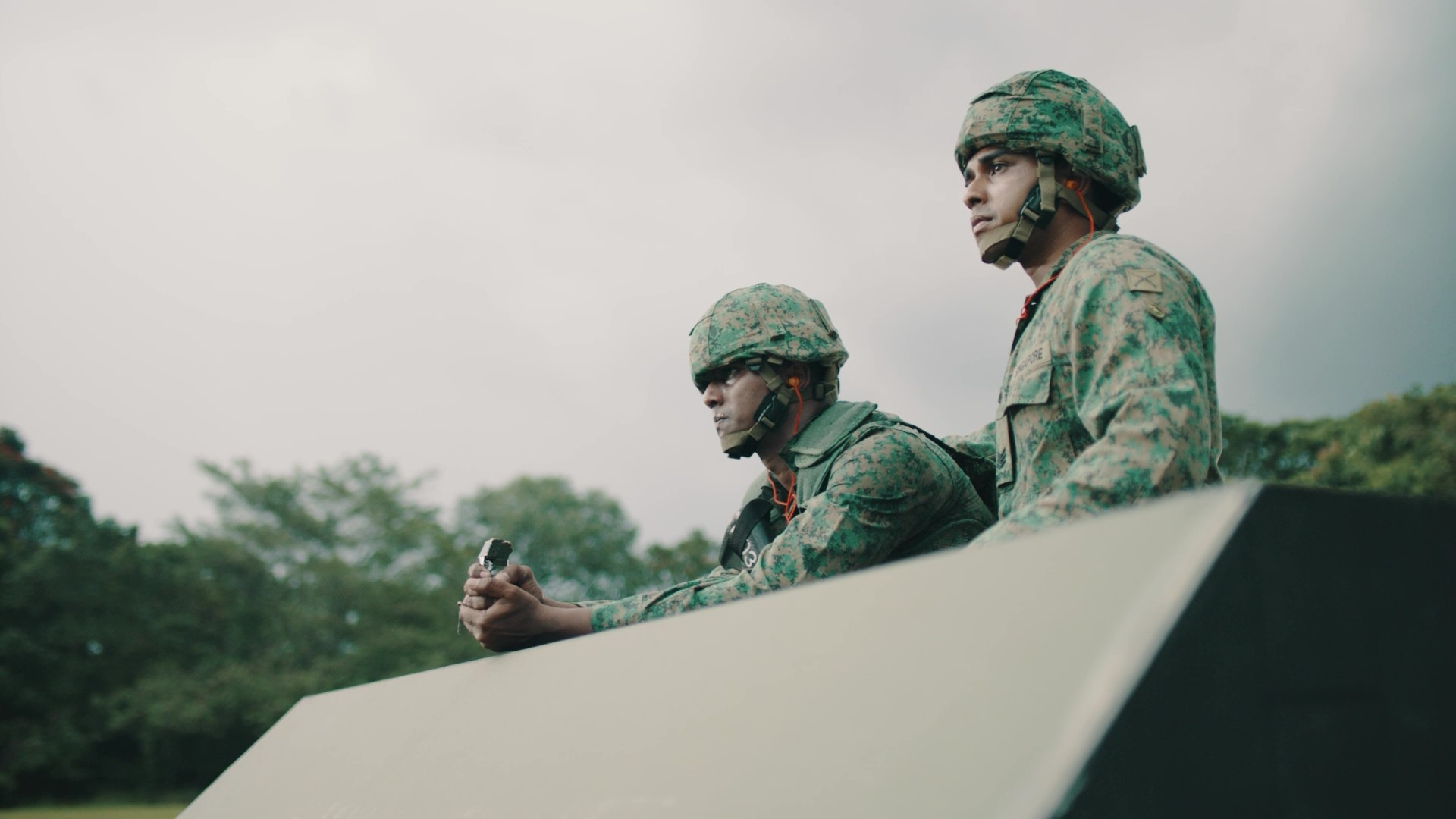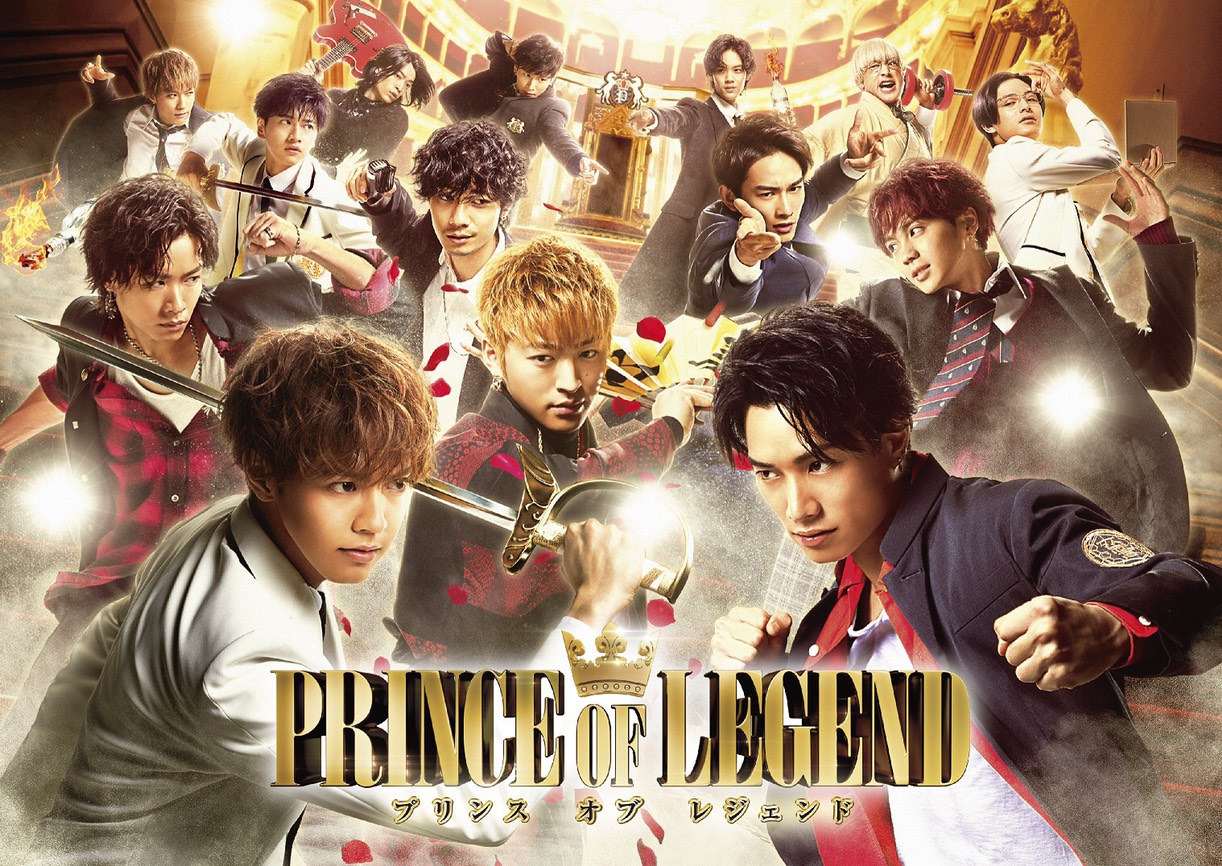Two years after her contribution to the widely acclaimed 7 Letters, local film director Tan Pin Pin is back, to debut her latest documentary In Time To Come on home soil. Centered on the opening and sealing of two time capsules, the documentary feature is a quiet, introspective look at what Tan calls “rituals” in Singapore, woven together in an experimental style that departs greatly from the 48-year-old’s body of work.
When interviewed, Tan is sparing with her words, but doesn’t mince them when it comes to talking about important issues, both in and out of the film scene. Perhaps it comes from having dealt with public controversy—Tan’s contentious 2013 film To Singapore, With Love interviewed nine Singaporean political exiles, but it was unfortunately given a “Not Allowed for All Ratings” classification from the Media Development Authority, and subsequently banned from showing in Singapore. Surely that hardens resolve.
Or maybe it’s just a necessary trait for an artist to contribute to the conversation in new and meaningful ways. In that vein, In Time To Come brims with the same silent intensity of Tan’s predilection for provoking thought, even without having to confront a controversial topic. And with nominations from film festivals in Switzerland, Canada and Brazil in the bag, she must be doing something right.
Tell us a bit more about your film.
It’s a film that functions as if I’m collecting material for a time capsule—specifically Singapore scenes. It’s a collection of Singapore rituals that are juxtaposed against each other; what I call patterns of culture—fire drills, morning assemblies, guests-of-honor at VIP events, mosquito fumigation… and it sort of gives you the impression of Singapore daily life, as determined by these patterns of everyday life.
What inspired this film?
I’m a compulsive photographer, and I have been one for the past 20, 30 years. My iPhone is full of shots of random Singapore things. Some of these scenes I kept noticing over and over again, and I just thought, “Okay I think my subconscious is trying to say something to me; that I should make a film out of stringing these things together”. For example, I’m most fascinated by mosquito fumigation exercises—how it layers an area in what looks like the mist of a Game of Thrones episode.
I started thinking about this film 10 years ago, around the time when I made Singapore GaGa. That was a film about Singapore soundscape; I wanted to make a film about Singapore spaces—so I went around shooting, put that project aside, and then picked it up again in 2012.
Can you explain the time capsule element?
One of the things I stumbled upon when filming these scenes was that acts of commemoration were also very important in Singapore. We’re always having some kind of plaques that are being unveiled; and since a lot of this footage was shot in 2015 or leading up to 2015, there were many SG50 commemoration exercises as well. And it was actually when I was filming these commemoration exercises that I realised that what was interesting was that my film was also a sort of time capsule. So in the edit we used the time capsule metaphor to frame the film.
And this film could potentially be used as a time capsule. I imagine that 40, 50 years from now, if it’s still intact, there might be some scenes within it that have the same curiosity for people looking at it as some of the (SG50) time capsule’s objects have for us today.
How was your experience showing overseas?
I was initially very curious—because I know some scenes within the film look quite mysterious, like the mosquito fumigation. When people saw it they thought it was a science fiction film; and that was partly intended as well.
But this film has had a very successful run overseas, so for me that was a good sign that it has meaning for people who are not Singaporeans as well. I think it was a side of Singapore that they had never known about before, because it’s not your usual Singaporean film. For one thing, people didn’t think Singapore had so much green (because a chunk of my film is sited in the Central Catchment Area); or that it was so hierarchical, because I showed things like school assemblies, guest-of-honor ceremonies.
What is your opinion on “millennial nostalgia” and how that informs local art nowadays?
My work is far from that space. It looks at local content, yeah, but it’s not in line with that for various reasons. For one, the way it’s shot—it’s very meditative in its tone, so that’s already different. And the scenes that it covers are not necessarily scenes that someone who’s very interested in nostalgia would like. I mean, I don’t have a kampong in my film. I think the main thing is, I feel that if I want to contribute to the conversation, I don’t want to say things that have been said many times over.
What is one thing you would like to see changed in the arts scene here?
I would like there to be more transparency in the censorship process. When my film was banned, (MDA’s statement) said that it was “undermining national security”. But it didn’t give any details, so I feel that they need to be a little more robust in their statements when they ban something.
Did getting banned influence your direction for In Time To Come?
This film was actually commissioned and part of it shot even before the controversy happened. I can’t say that it has impacted me directly, but I think the thing is, once you get banned, the second time is much easier. You know what it’s like; you know that you’ll still make films even if it gets banned.
If I find an interesting topic and it requires me to push boundaries, I would. I think the point is that you never really know where the boundaries are, and you never know what to avoid. It’s not as if you can see a thick white line and then you just don’t cross it. You would have to make a film first, submit it to censors and then find out.
What is one thing you want the audience to take away from the film?
I want the audience to be able to experience the sights and sounds of Singapore on the big screen, and basically allow themselves to daydream and drift along with the images, and come out feeling very refreshed. This film needs to be seen on a big screen, because it has a lot of details you wouldn’t be able to see on a small screen; and the sound design is specifically designed for a cinema, 5.1 sound.
It’s Singapore as you’ve never seen before.
In Time To Come opens in Singapore at the Filmgarde Cineplex at Bugis+ on Sep 28.





